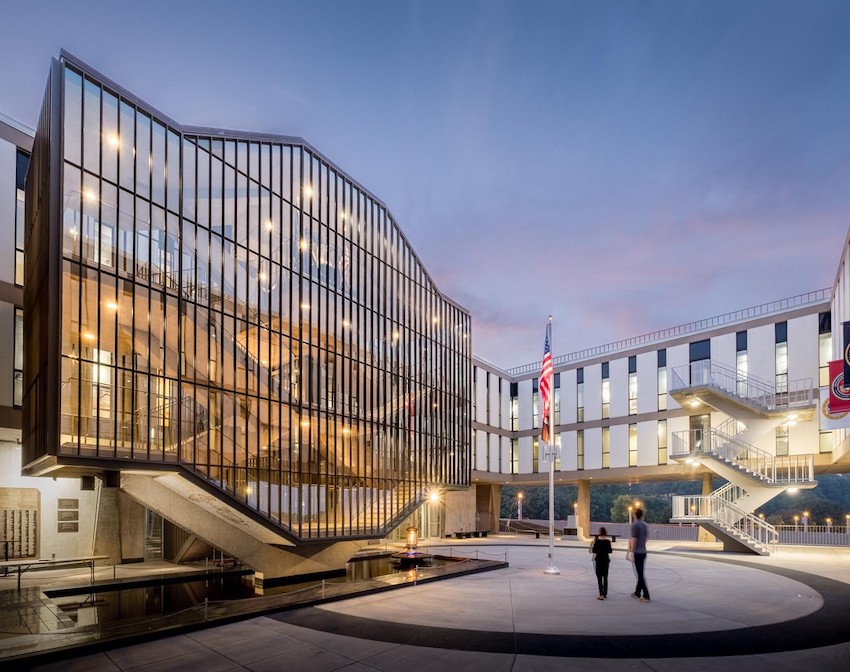Vacuum Insulated Glazing for Historic Restoration
Learning Objectives:
- Learn thermal and sound performance factors related to window design.
- Identify alternatives for performance and aesthetics when faced with repair or replacement glass for historic preservation and traditional new products.
- Be able to explain the history and development of glass and insulated glass (IG) products as well as the impact on the internal environment of the building
- Describe the properties and performance of vacuum insulated glazing (VIG) and other types of glazing and cite lessons learned from case studies of the use of VIG in historic buildings including the carbon impacts.
Credits:
This course is approved as a Structured Course
This course can be self-reported to the AANB, as per their CE Guidelines
Approved for structured learning
Approved for Core Learning
This course can be self-reported to the NLAA
Course may qualify for Learning Hours with NWTAA
Course eligible for OAA Learning Hours
This course is approved as a core course
This course can be self-reported for Learning Units to the Architectural Institute of British Columbia
Glass and windows are often defining characteristics to a building. However, the subcomponents and historic developments are often misunderstood. By deconstructing the basic components (glass, coatings, and design), it is possible to better analyze and understand a clear path forward for restoration or repair. The basic levels of performance and aesthetic impact of window design are also described and detailed. This course then thoroughly details how vacuum insulated glazing (VIG) is made and how this differs from traditional glazing. This course will detail out some of the differences in this technology in terms of use, seal, and construction. This course also details our some case studies on how VIG has been used in historic restoration and key take away lessons from the projects. In addition, detail is provided on how this can be used in historic restoration and new construction.

Photo courtesy of Milwaukee County War Memorial, via Restoric, Neal Vogel













